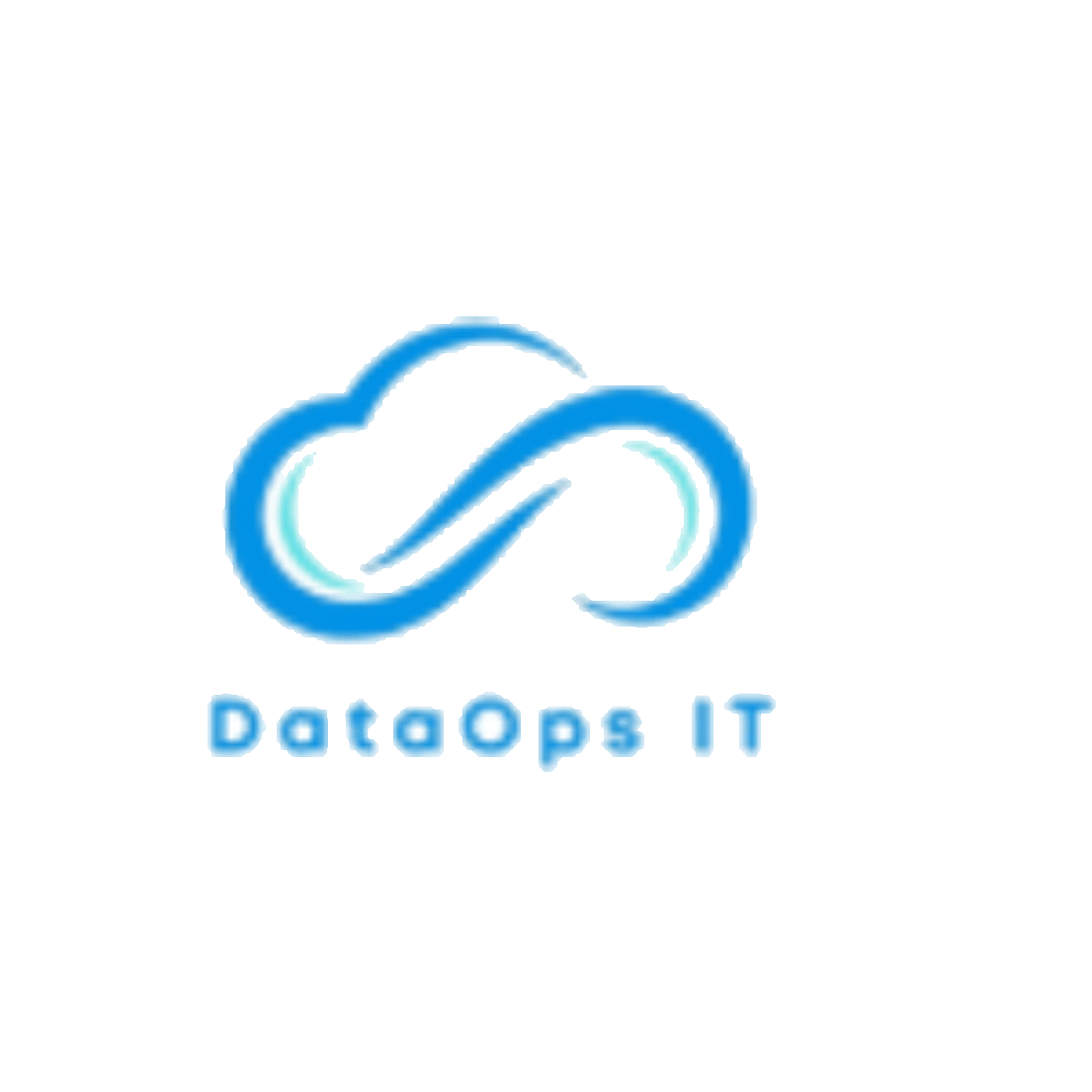Cloud Computing Benefits – DataOps IT

Cloud computing is no longer just a buzzword or a technological convenience. It has become the backbone of digital transformation, enabling businesses of all sizes to innovate, scale, and optimize operations like never before. As industries continue to evolve, so do the trends shaping the future of cloud technologies. Below is a deep dive into the most transformative trends in cloud computing today, grounded in data, industry insights, and emerging market realities.
1. Hybrid and Multi-Cloud Strategies Dominate Enterprise Adoption
A fundamental shift in cloud adoption is the rise of hybrid and multi-cloud strategies. According to a recent Gartner study, over 85% of enterprises now operate in a multi-cloud environment, combining public cloud services from providers like AWS, Microsoft Azure, and Google Cloud with private on-premises infrastructure.
This approach offers unparalleled flexibility, allowing organizations to avoid vendor lock-in, improve resilience, and strategically allocate workloads based on cost, performance, and compliance needs.
Fact: A Flexera report highlights that 92% of enterprises adopt a multi-cloud strategy, with hybrid cloud strategies at 82%.
2. Serverless Computing Accelerates Development Cycles
Serverless computing continues to redefine how developers build applications. By abstracting infrastructure management, serverless platforms like AWS Lambda and Google Cloud Functions allow companies to focus purely on application logic while automatically scaling based on demand.
This trend significantly reduces operational overhead, accelerates time-to-market, and lowers costs by billing only for actual compute time.
Key Insight: MarketsandMarkets predicts the serverless architecture market will grow from $7.6 billion to over $21 billion by 2027, driven by the demand for cost-effective and scalable solutions.

3. Edge Computing Gains Traction for Real-Time Data Processing
The proliferation of IoT devices and latency-sensitive applications has pushed edge computing into the spotlight. Instead of sending all data to centralized cloud servers, edge computing processes data locally at or near the source of generation, reducing latency and bandwidth usage.
Fact: IDC forecasts that by 2024, 75% of enterprise-generated data will be created and processed outside traditional data centers or cloud environments.
This shift empowers use cases in smart manufacturing, autonomous vehicles, and remote healthcare, where decisions must occur in real-time.
4. AI and Machine Learning Integration Deepens
Cloud platforms are rapidly integrating Artificial Intelligence (AI) and Machine Learning (ML) services into their ecosystems. Google Cloud’s Vertex AI, AWS SageMaker, and Azure Machine Learning are empowering businesses to deploy intelligent applications without managing underlying infrastructure.
Impact: A Deloitte report shows that 61% of enterprises are investing in AI in the cloud to automate business processes, enhance customer experiences, and accelerate data-driven decision-making.
Moreover, pre-trained models and AutoML tools are democratizing access, enabling even non-experts to build predictive analytics applications.
5. Sustainable Cloud: Green Computing Takes Priority
Environmental concerns are increasingly shaping cloud strategy. Industry giants are making bold sustainability commitments, with Microsoft aiming to be carbon negative by 2030 and Google pledging to operate on carbon-free energy by 2030.
Cloud providers are adopting energy-efficient data centers, improving cooling technologies, and leveraging renewable energy sources.
Fact: The Carbon Disclosure Project (CDP) reported that cloud infrastructure emits significantly less CO₂ per unit of compute compared to traditional on-premises solutions, due to economies of scale and efficient resource management.
6. Cloud-Native Security: Zero Trust Frameworks Lead the Way
Traditional security models are becoming obsolete in cloud environments where perimeter defenses no longer suffice. The zero trust model, which mandates strict verification of every access request regardless of origin, is becoming the de facto security approach.
According to Gartner, by 2023, 60% of enterprises will phase out most of their VPNs in favor of zero trust network access (ZTNA).
Cloud-native security tools now incorporate continuous monitoring, automated threat detection, and identity-based access management to protect highly distributed architectures.
7. Containerization and Kubernetes Orchestration Standardization
Containers have revolutionized software development by enabling consistent application environments across various infrastructures. Kubernetes, as the leading orchestration platform, is now critical for automating deployment, scaling, and management of containerized applications.
Market Insight: The Cloud Native Computing Foundation (CNCF) reports that over 90% of enterprises now use Kubernetes in production or plan to do so, citing enhanced portability and microservices management.
This standardization fosters developer productivity, scalability, and infrastructure abstraction, empowering DevOps and continuous delivery practices.
8. Cloud Cost Management and FinOps Culture Emerges
As cloud adoption grows, managing cloud spend becomes a top priority. FinOps, or cloud financial operations, is a cultural and operational shift where engineering, finance, and business teams collaborate to monitor, optimize, and forecast cloud expenses.
Data Point: An Apptio report found that 73% of enterprises experience cloud cost overruns due to poor visibility, and adopting FinOps practices reduces waste by up to 30%.
Automated cost management platforms and real-time analytics dashboards are becoming essential tools for keeping cloud budgets under control without sacrificing performance.

9. Quantum Computing Integration Begins Experimentally
Although still in early stages, quantum computing services are now offered by major cloud providers, such as IBM Quantum and AWS Braket. These platforms allow researchers and enterprises to run quantum algorithms in the cloud, exploring problems in optimization, cryptography, and material science.
Fact: Research firm IDC expects the quantum computing market to reach $8.6 billion by 2027, as enterprises begin exploring quantum algorithms for specialized workloads.
While not yet mainstream, this trend signals a future where hybrid quantum-classical cloud systems will tackle previously unsolvable challenges.
10. Industry-Specific Cloud Solutions Gain Momentum
Cloud providers are no longer offering one-size-fits-all solutions. Instead, they’re increasingly delivering industry-specific solutions for sectors such as healthcare, finance, manufacturing, and government.
For example:
- AWS offers specialized HIPAA-compliant services for healthcare.
- Microsoft Azure delivers banking-grade compliance tools for financial services.
This vertical-focused approach allows businesses to accelerate compliance, speed up deployments, and adopt best practices tailored to industry needs.
Final Thoughts
Cloud computing continues to transcend its original role as a mere hosting solution. It now acts as an innovation engine that enables real-time decision-making, drives automation, enhances security, and fosters sustainable practices. These ten trends reflect not just technological progress, but the strategic evolution of how businesses operate in an increasingly digital world.
Organizations that stay informed and proactive in adopting these trends will find themselves better equipped to compete, innovate, and thrive in an ever-changing technological landscape.

